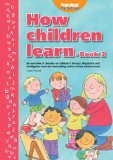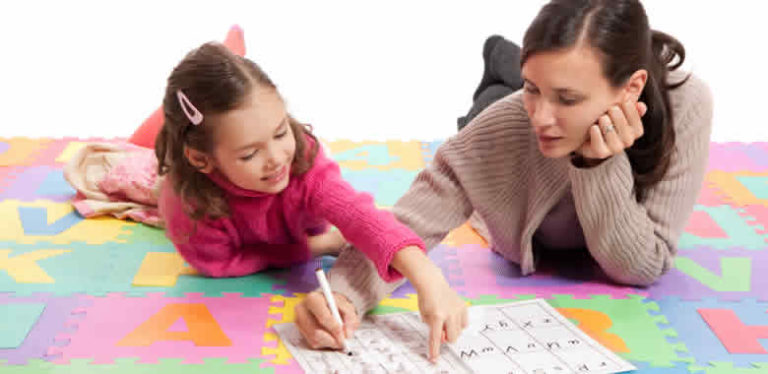Archived material
The EYFS review – part one – much ado about nothing?
Posted on April 8, 2011.Note: for our up-to-date guide on the 7 Areas of Learning in the EYFS click here.
And for our in-=depth guide to Early Learning Goals click here.
So, the long awaited EYFS Review is out and being pored over by one and all. I thought it might be interesting to see what line of attack the media had on this one. Supportive? Derisive? Outraged?
The TES decided to go front page here and then misunderstood Dame Tickell’s view on phonics here. The Times went for the “nappy curriculum”, as did the Guardian, who focused on the exclusion of independent schools here. The Sunday Times (News Review, page 9) has a reasonably balanced overview, although I’m not sure that prior to the EYFS all “little ones would stay at home, having stories read to them, being taken to the playground and having friends over to play”.
Certainly in the media there have not been many objections or calls for a petition to stop the Review. So all in all, has it been Much Ado About Nothing?
I’m going to approach this by looking at the two aspects separately. First the statistics and information from the online questionnaire, literature review and qualitative study. The next post will look at the recommendations that have been made from these. This is because I think its important to understand where the recommendations have come from and the sort of things that practitioners (whether that is a play worker, teacher, childminder or early years practitioner) have asked for.
The EYFS Report on the Evidence (2011) can be found here and the Tickell review (2011) can be found here.
One of the impressive things is that over 3,300 people responded to the online questionnaire. That is a lot of people. However, it is still only 0.7% of the total workforce (DfE, 2010). Not even 1% of the early years childcare staff have had their voice heard.
Chapter one gives a brief overview of the situation so far. Chapter two deals with the welfare (mandatory) requirements of the EYFS and how these have already affected practitioners. The views reported here are diverse and many ‘depend upon the situation’. So, for example, doing a risk assessment for a setting which has an annual trip is very different to a risk assessment for a childminder who is out every day. But both situations are governed by the same piece of legislation.
The thorny issue of transition is dealt with at the end of chapter 3, highlighting the sorts of ‘top down’ pressure that many reception classes feel.
On page 35 (Chapter 4), 4.18 the biggest myth of the EYFS is laid bare. The EYFS does not call for extra ‘paperwork’. It asks for observation based assessments and planning. According to the review, the demand for paper comes ‘other sources’, for example the inspectorate or Local Authority. This is something which I have challenged practitioners on many times. “Where does it say in the EYFS that you have to fill out A4 folders of observations every week?” and, more importantly, “How does the child benefit from this?” Thank goodness this issue has been explicitly stated in the review.
The EYFS Profile is criticised by practitioners for being too bulky and time consuming. It is suggested that the results are not used by the Year 1 teachers (although, in my personal experience this is an educational law – “no educator will trust the summative reports of the previous key stage”) and that only a third of parents receive them. Combine this with the “highly subjective” and “wide variation” (page 37) that headteachers report and you can see why this has been targeted for change.
The key person, which was controversially included as a mandatory requirement, has been accepted by practitioners and parents alike. Although, understandably, teachers who have 30 key children are not so keen!
Chapter 6 deals with training and development of the workforce. The good news is that training levels are rising and more nurseries have level 6 (degree qualified) practitioners. Even better is the finding that Early Years Professionals (EYPs) are improving the quality of care and education that children are receiving. The biggest complaint was that training was patchy and not of a high enough quality. In many ways this is really good news. It means that practitioners are demanding more in depth, challenging courses and are really recognising the benefits that these courses bring.
What does this tell us about the sorts of things that practitioners have asked for? The underlying theme appears to be that, in general, the EYFS is well used and well respected. The additional ‘paperwork’ is more a demand from other sources than a requirement of the EYFS. There are some accepted good practices, such as key person. Levels of qualified practitioners has risen and is continuing to rise. The EYPS has been shown to improve outcomes for children.
What has been asked for is clarification in some areas, such as the EYFS Profile and smooth transition between settings.
In general this is a balanced Review, albeit based on the views of practitioners who had internet access and felt strongly enough, one way or the other, to respond. So maybe not ‘Much Ado About Nothing’, more ‘As You Like it’.
References:
DfE (2010) Childcare and early years providers survey 2009. London: DfE
Brooker, L., Rogers, S., Ellis, D., Hallet, E. & Robert-Holmes, G. (2010) Practitioners’ experiences of the EYFS. London: DfE.




